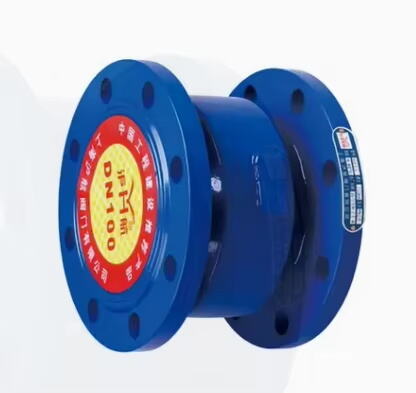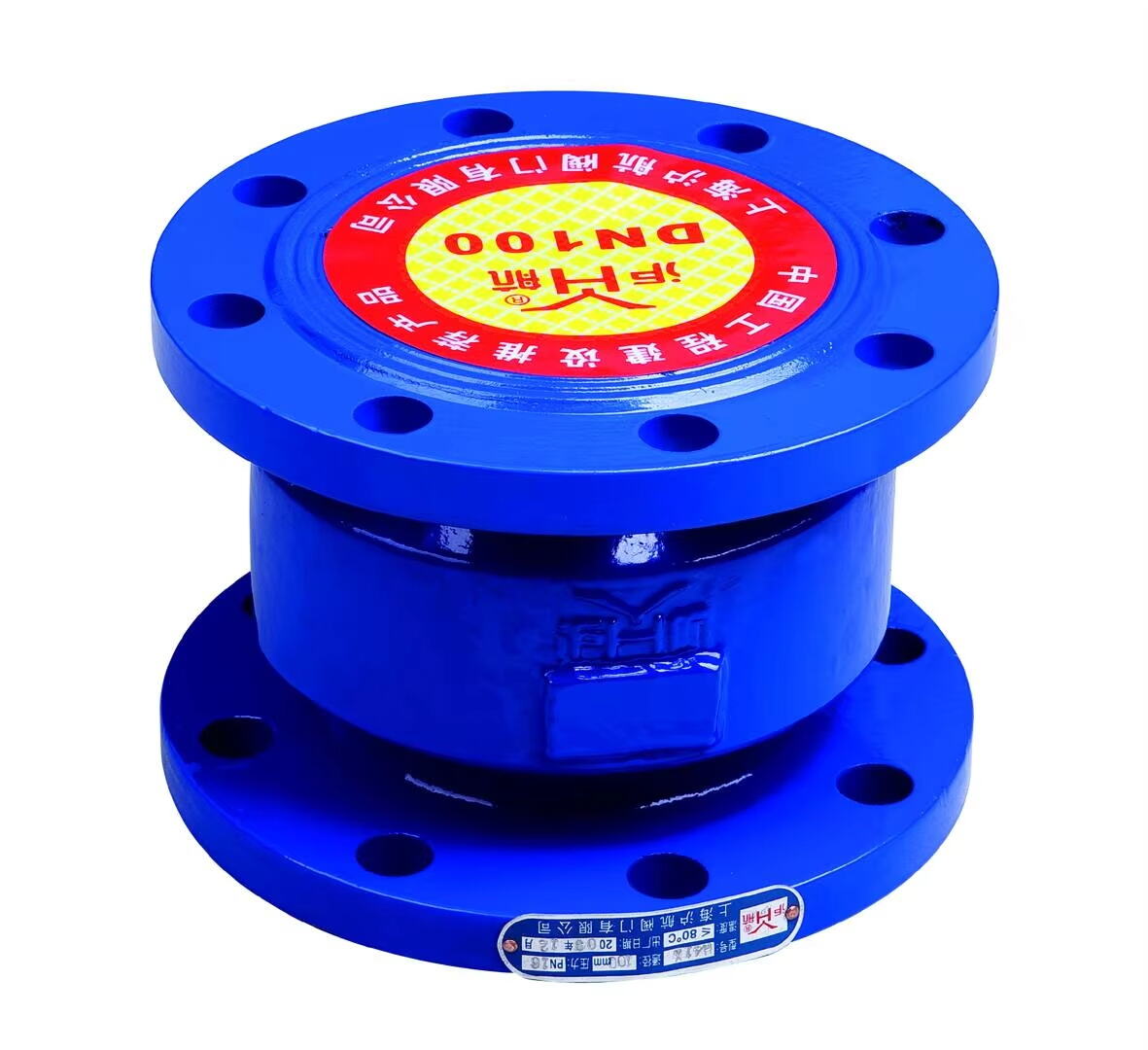Industrial Valve Selection for Optimal System Control
Industrial systems depend on efficient flow control mechanisms to operate safely and effectively. Among the many types of valves used, the check valve stands out as a crucial component for preventing reverse flow in pipelines. It is a self-acting, directional control valve that plays a vital role in protecting pumps, compressors, and other sensitive equipment from potential damage caused by backflow.
Check valves are commonly found in applications across water treatment, oil and gas, chemical processing, food manufacturing, and HVAC systems. Their versatility lies not only in their function but also in the wide variety of available designs, each suited for specific operational needs. This article explores common types of check valves and how they serve different industries, highlighting their structure, benefits, and typical use cases.
Swing Check Valves in Large-Volume Applications
Design and Operation Principles
A swing check valve features a disc mounted on a hinge that swings open when fluid flows in the desired direction. When the flow stops or reverses, gravity or reverse pressure causes the disc to swing back to the closed position, effectively sealing the valve. This simple mechanical design offers a low-pressure drop and is ideal for systems with steady, unidirectional flow.
The valve body is often constructed from cast iron, ductile iron, stainless steel, or bronze, and the disc may be metal or rubber-coated to enhance sealing. Swing check valves typically require horizontal installation but can be installed in vertical applications if the flow direction is upward.
Industrial Applications and Advantages
Swing check valves are widely used in municipal water distribution systems, wastewater treatment plants, and large-scale irrigation networks. Their ability to handle large flow volumes and low-pressure systems makes them suitable for non-critical applications that prioritize simplicity and reliability.
In industrial pump discharge lines, these valves help prevent reverse rotation of the pump impeller. Their quiet operation and minimal maintenance requirements contribute to their popularity in both public utilities and private infrastructure.

Ball Check Valves for Slurry and Sewage Systems
Structural Features and Performance
Ball check valves use a spherical ball as the closing mechanism. When fluid flows forward, the ball is lifted off the seat and moves with the flow. When the flow stops or reverses, the ball rolls back into the seat to block reverse flow. This type of check valve is ideal for handling viscous or debris-laden fluids, as the design provides a large passage and minimizes clogging risks.
Ball materials can vary from rubber-coated steel to solid elastomers, depending on the media being transported. These valves are known for their durability and ability to perform well even under challenging conditions such as those with suspended solids.
Use Cases in Industrial Operations
Ball check valves are commonly installed in sewage pumping stations, stormwater systems, and slurry processing lines in mining or mineral industries. Their full-bore design and self-cleaning action make them ideal for environments where clogging or sediment buildup is a concern.
Industrial users value these valves for their reliability in systems that experience intermittent flow or require non-return performance without frequent maintenance intervention.
Lift Check Valves in High-Pressure Environments
Vertical Movement Mechanism
Lift check valves feature a disc or piston that lifts vertically when fluid flows forward. When flow ceases, gravity or spring force causes the disc to drop back onto the seat, sealing the valve. These valves are well-suited to high-pressure applications where precise sealing and minimal leakage are required.
Most lift check valves are installed in horizontal piping systems, although vertical installation is possible if fluid flows upward. The valve seat and guide are often precision-machined to ensure smooth and consistent disc movement.
Specific Industry Applications
Lift check valves are used extensively in steam, gas, and high-pressure liquid systems. Industries such as power generation, petrochemicals, and high-temperature processing facilities rely on these valves for their tight shut-off and robust construction.
Thanks to their ability to handle pressure surges and reduce reverse flow impacts, lift check valves are an excellent choice for critical services where failure is not an option.
Dual Plate and Wafer Check Valves in Compact Systems
Twin Disc Configuration
Dual plate check valves, also known as double-door or split disc valves, use two spring-loaded plates mounted on a central hinge pin. When fluid flows forward, the plates swing open; when flow stops, the springs help the plates return to the closed position quickly. This quick closure helps reduce water hammer effects.
The wafer-style body allows for compact installation between flanges, making this check valve ideal for tight spaces. The design offers a balanced combination of strength, responsiveness, and energy efficiency.
Industrial Use Cases and Benefits
Dual plate check valves are commonly found in HVAC systems, fire protection piping, chemical lines, and shipbuilding. Their lightweight, compact design allows for easy installation in systems where space and weight are critical constraints.
These valves are also preferred in systems requiring energy savings and fast-response reverse flow protection, contributing to their growing use in modern, high-efficiency facilities.
Diaphragm and Stop Check Valves for Specialized Needs
Flexibility and Silent Operation
Diaphragm check valves use a flexible rubber or elastomeric diaphragm that deforms to allow flow and returns to its original position to stop reverse flow. These valves are silent in operation and free from moving metal parts, reducing wear and noise.
They are typically used in low-pressure, low-flow environments such as medical devices, food-grade systems, and pharmaceutical production lines. Their clean design and compatibility with sanitary conditions make them a perfect fit for sensitive processes.
Isolation and Backflow Protection Functions
Stop check valves combine the features of a check valve and a globe valve. They allow forward flow and can also be manually shut off, even when flow is in the forward direction. This dual-functionality provides flexibility and safety in systems requiring controlled isolation.
Industries such as boiler systems, petrochemical plants, and chemical reactors rely on stop check valves for both non-return and maintenance operations without having to remove the valve from service.
Material Considerations and Sizing Factors
Choosing the Right Materials
Check valve performance is highly dependent on the materials used for construction. Common materials include stainless steel, carbon steel, bronze, PVC, and various elastomers. The choice depends on the temperature, pressure, and chemical properties of the fluid.
Corrosive or abrasive media may require PTFE linings or rubber coatings, while high-temperature applications may demand alloys with superior thermal resistance. The right material ensures longevity, safe operation, and compliance with industry standards.
Correct Sizing and Flow Characteristics
Proper sizing of a check valve is essential to avoid issues such as chattering, water hammer, or pressure drop. A valve that is too large may not fully open under normal flow conditions, while an undersized valve can restrict flow and increase energy consumption.
Engineers should consider parameters like flow velocity, pipe diameter, and system pressure when selecting valve size. A properly sized check valve maximizes efficiency and minimizes wear over time.
Best Practices for Installation and Maintenance
Positioning and Alignment Guidelines
Installation orientation plays a critical role in the functionality of a check valve. Most valves require specific alignment based on flow direction and system layout. Incorrect installation can result in poor sealing, vibration, or complete valve failure.
Use manufacturer guidelines and flow direction indicators on the valve body to ensure proper placement. In vertical installations, confirm that the valve type supports upward flow conditions.
Cleaning and Inspection Recommendations
Regular inspection is key to maintaining check valve performance. Look for signs of leakage, corrosion, or unusual noise. Remove debris and sediment from the seat and internal components during routine system shutdowns.
Over time, wear may affect the sealing surfaces or springs. Replace components or the entire valve as needed to avoid unplanned downtime. Preventive maintenance schedules should be based on operating conditions and valve criticality within the system.
Frequently Asked Questions
What is the difference between a swing check valve and a lift check valve?
A swing check valve uses a hinged disc that swings open and closed with flow, while a lift check valve uses a vertically moving disc that lifts off the seat during forward flow.
Swing types are better for low-pressure systems with steady flow, while lift types are ideal for high-pressure or critical sealing applications.
Where should a check valve be installed in a piping system?
A check valve should be installed downstream of pumps, compressors, or sensitive equipment to prevent reverse flow.
Proper orientation, based on the valve type and flow direction, is essential to ensure correct operation.
Can check valves be used in both horizontal and vertical pipes?
Yes, but not all check valves support all orientations. For example, swing check valves usually require horizontal installation, while ball or diaphragm types may allow vertical use with upward flow.
Always check manufacturer specifications to determine suitable configurations.
How often should check valves be inspected or maintained?
Inspection frequency depends on system pressure, media, and usage. In most industrial systems, check valves should be inspected every 6 to 12 months.
Critical systems may require more frequent maintenance to ensure safety and performance.
Table of Contents
- Industrial Valve Selection for Optimal System Control
- Swing Check Valves in Large-Volume Applications
- Ball Check Valves for Slurry and Sewage Systems
- Lift Check Valves in High-Pressure Environments
- Dual Plate and Wafer Check Valves in Compact Systems
- Diaphragm and Stop Check Valves for Specialized Needs
- Material Considerations and Sizing Factors
- Best Practices for Installation and Maintenance
- Frequently Asked Questions

